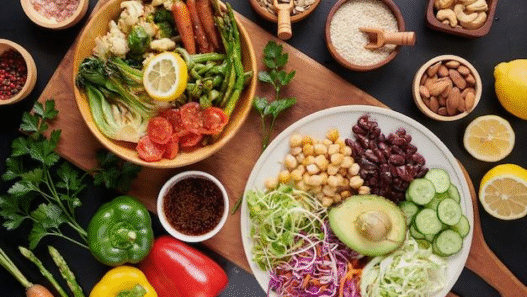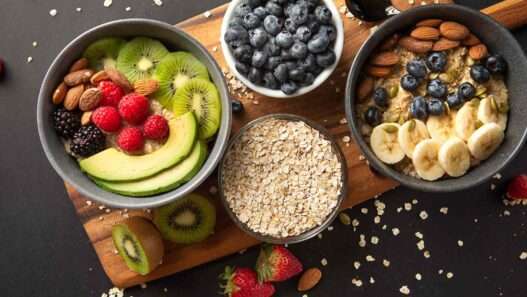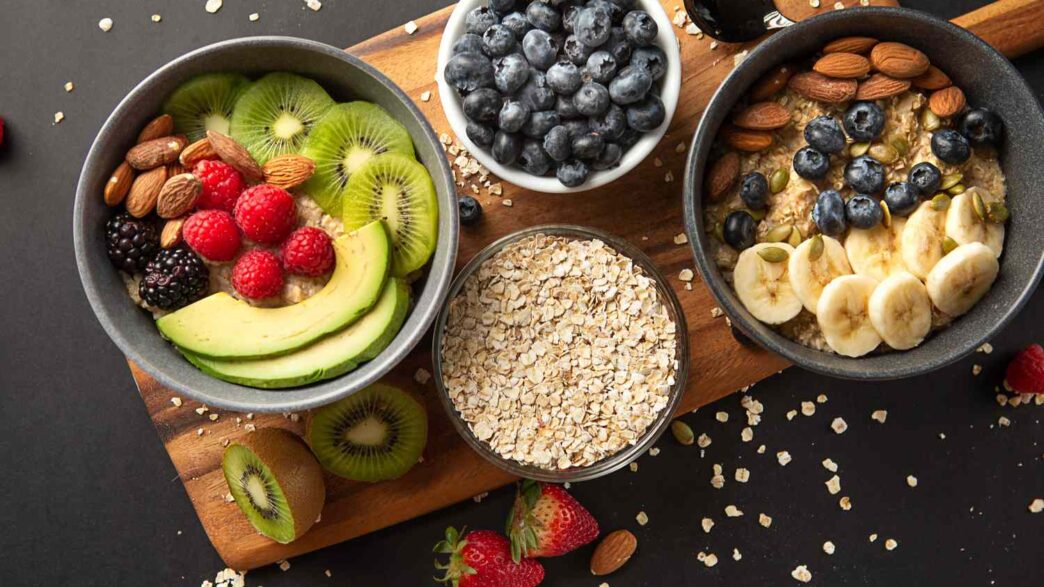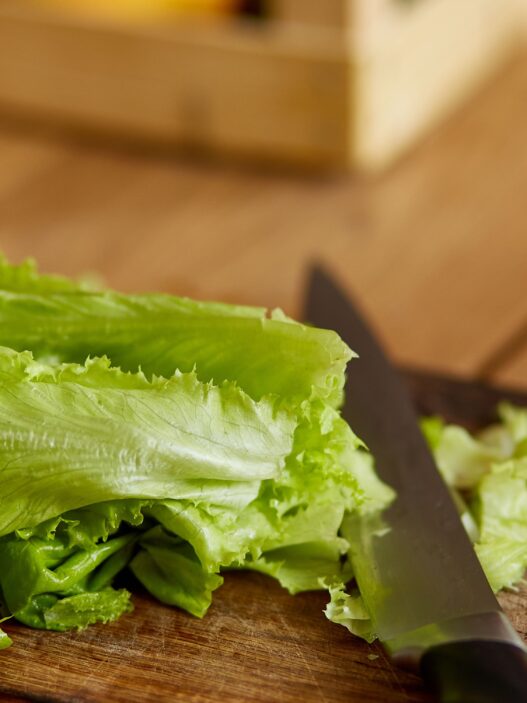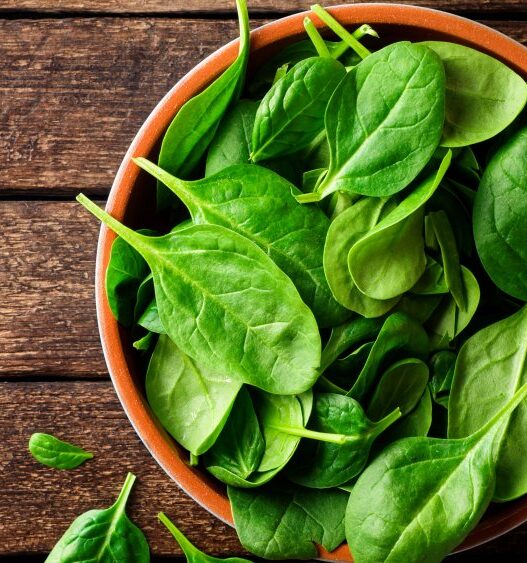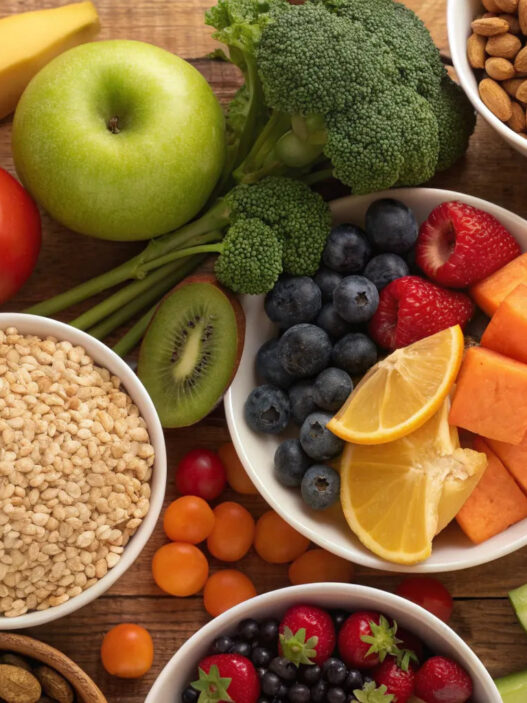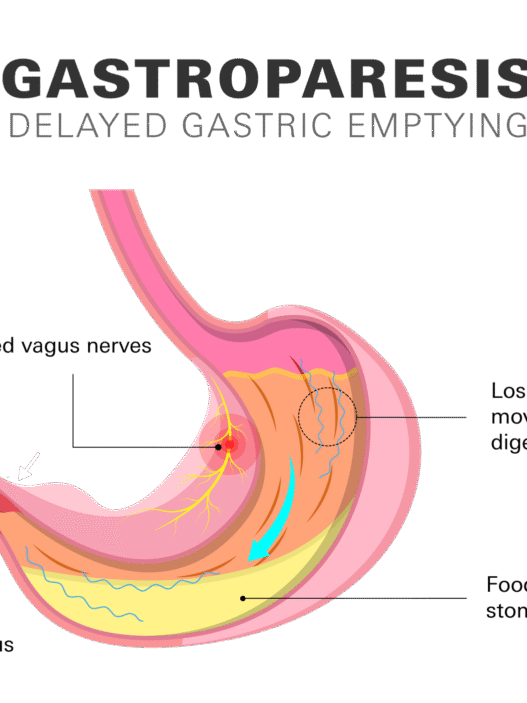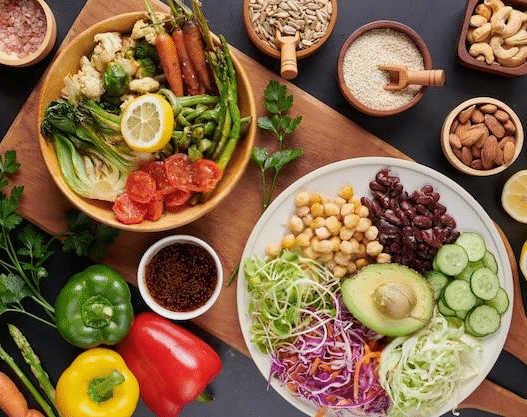Fiber is critical in digestion, heart balance, and weight control. However, it is not taken by the majority of people since high-fiber food types usually bring about gas and bloating.

The good news is that you can take advantage of the fiber and not experience the discomfort, provided you know how to incorporate it correctly and select the sources wisely.
This guide provides simple methods to increase fiber intake and prevent stomach agitation.
Why Fiber Matters?
Fiber is a form of carbohydrate that is not completely digested in the body. It comes in two main forms:

- Soluble fiber, which is soluble in water, creates a gel-like compound that reduces cholesterol and blood sugar.
- Insoluble fibre- gives stool bulk and helps in regular bowel movement.
Fiber is also sufficient to maintain a healthy gut, prevent constipation, and promote wellness in the long term. The amount of fiber required by most adults is about 2530 grams per day, yet this is not achieved by many.
Why Fiber Causes Gas and Bloating?
When you consume fiber, large intestinal bacteria digest it. This is referred to as fermentation and results in the production of gas.

Some foods, especially those with fermentable fibers, cause more bloating than others.
Common culprits include:
- Beans and lentils
- Cabbage, broccoli, and cauliflower
- Whole grains with high bran content
- Apples, pears, and prunes
Too much fiber at once or sudden changes in diet can worsen the problem.
Tips to Get Fiber Without Discomfort
The key is to increase fiber gradually and make smart choices. Below are simple strategies to help you enjoy the benefits without the bloating.

1. Increase Fiber Slowly
Jumping from a low-fiber diet to a high-fiber one can overwhelm your digestive system. Start small by adding a few grams of fiber per day. Give your body time to adjust.
Example: If you usually eat 10 grams of fiber daily, increase to 15 grams for a week, then move to 20 grams the following week.
2. Stay Hydrated
Water is essential when eating fiber. Without enough fluids, fiber can make constipation worse. Aim for at least 7–8 glasses of water daily to help fiber move smoothly through your intestines.
3. Choose Low-FODMAP Fiber Foods
Some fibers are easier on the stomach because they are low in FODMAPs (fermentable carbohydrates).
People with sensitive digestion, such as those with IBS, may find these options helpful.
Gentle fiber-rich foods include:
- Carrots
- Zucchini
- Oats
- Strawberries
- Brown rice
- Chia seeds
4. Cook Vegetables Instead of Eating Them Raw
Raw vegetables are harder to digest. Light cooking, steaming, or roasting softens fibers and reduces bloating.
For example, cooked zucchini or carrots are gentler than raw broccoli or cabbage.
5. Pick the Right Legumes
Beans are fiber-rich but often cause gas. Choose smaller, easier-to-digest varieties like lentils, mung beans, or split peas.
Soak beans overnight, rinse them well, and cook them thoroughly to reduce gas-forming compounds.
6. Try Psyllium Husk
Psyllium husk is a fiber supplement that absorbs water and forms a gel, supporting bowel regularity. It is less likely to cause bloating compared to bran or inulin. Start with small amounts and increase slowly.
7. Eat More Fruits With Skin Removed
Fruits are excellent fiber sources, but some can trigger bloating. Peeling apples, pears, or peaches reduces insoluble fiber that may irritate sensitive stomachs. Bananas and berries are usually easier to tolerate.
8. Add Ground Flaxseeds and Chia Seeds
These tiny seeds provide both soluble and insoluble fiber. They are easier to digest when ground or soaked.
Add them to smoothies, yogurt, or oatmeal for a gentle fiber boost.
9. Limit Processed High-Fiber Bars
Fiber bars and powders often contain inulin or chicory root fiber, which may trigger gas. Instead, get fiber from natural sources like whole grains, vegetables, and seeds.
10. Combine Fiber With Probiotics
A healthy gut microbiome helps you digest fiber better. For example, yogurt, kefir, sauerkraut, and probiotic supplements can support gut balance and also reduce discomfort.
Furthermore, adding these foods regularly may improve long-term digestion.
A Sample High-Fiber Day Without Bloating
Here’s a simple plan that gives you around 28 grams of fiber while being gentle on digestion:
- Breakfast: Oatmeal topped with blueberries and ground flaxseed (8g fiber)
- Snack: Banana with a spoon of chia seeds (5g fiber)
- Lunch: Brown rice with grilled zucchini and carrots (7g fiber)
- Snack: Yogurt with strawberries (3g fiber)
- Dinner: Lentil soup with spinach (5g fiber)
This gradual mix of soluble and insoluble fiber keeps your stomach comfortable.
When to See a Doctor
Mild gas and bloating are normal when adjusting to fiber. However, if you experience severe pain, weight loss, or ongoing digestive issues, seek medical advice.
In addition, conditions like IBS, lactose intolerance, or food allergies may be involved. Therefore, paying attention to symptoms and acting early can prevent bigger problems.
Conclusion
Getting fiber without discomfort is possible with the right approach. First, increase intake slowly, and also drink enough water. Next, choose low-FODMAP foods, and finally cook vegetables to make them easier to digest. Simple swaps like peeling fruit or soaking beans can also help.
By listening to your body and adjusting your food choices, you can enjoy the health benefits of fiber while keeping gas and bloating under control.




